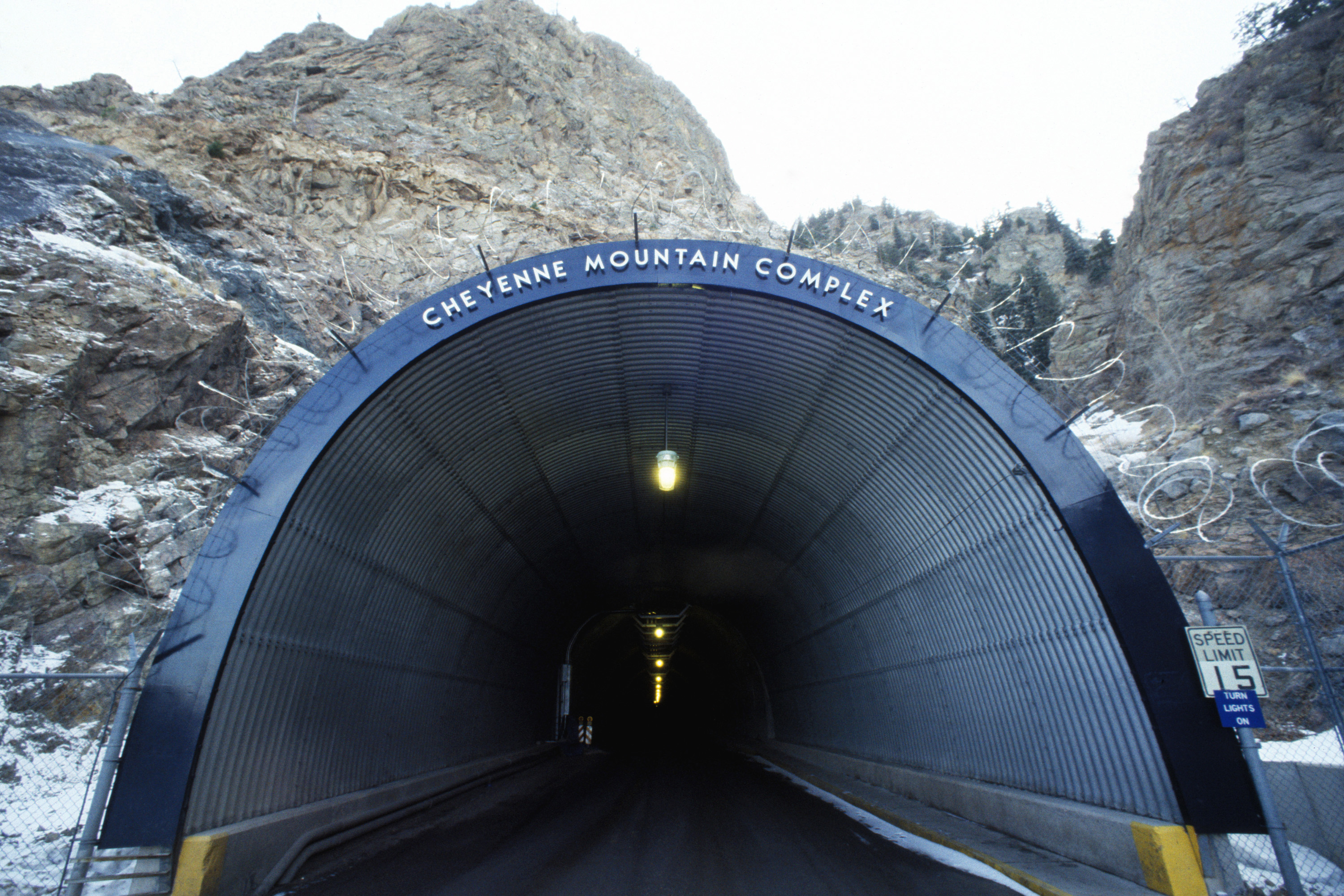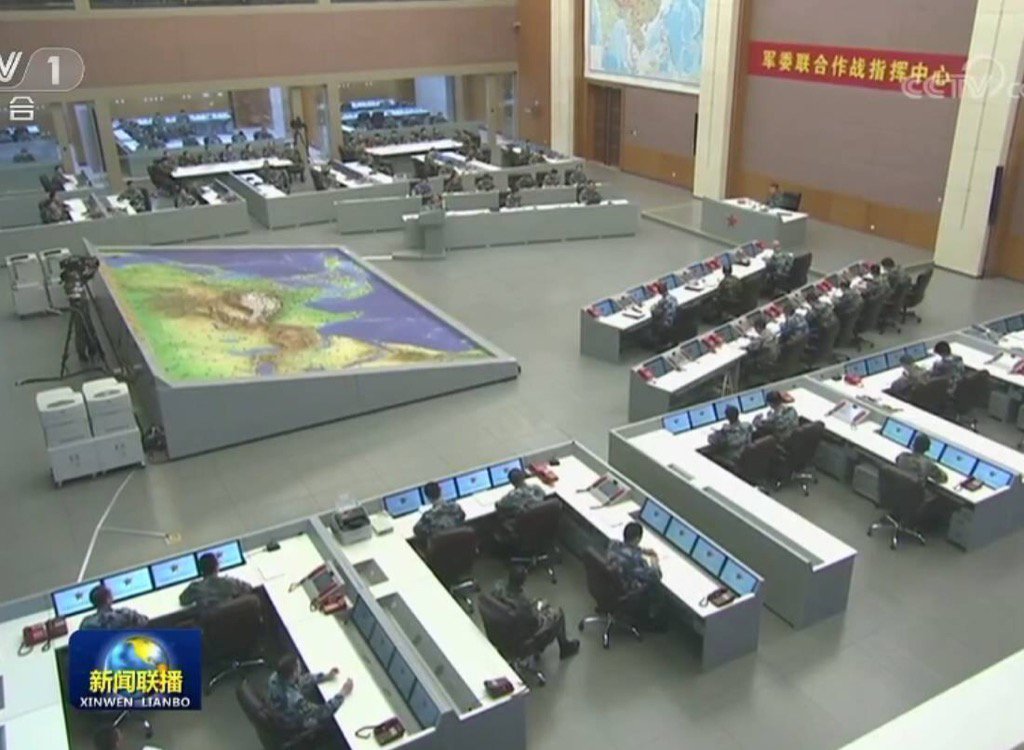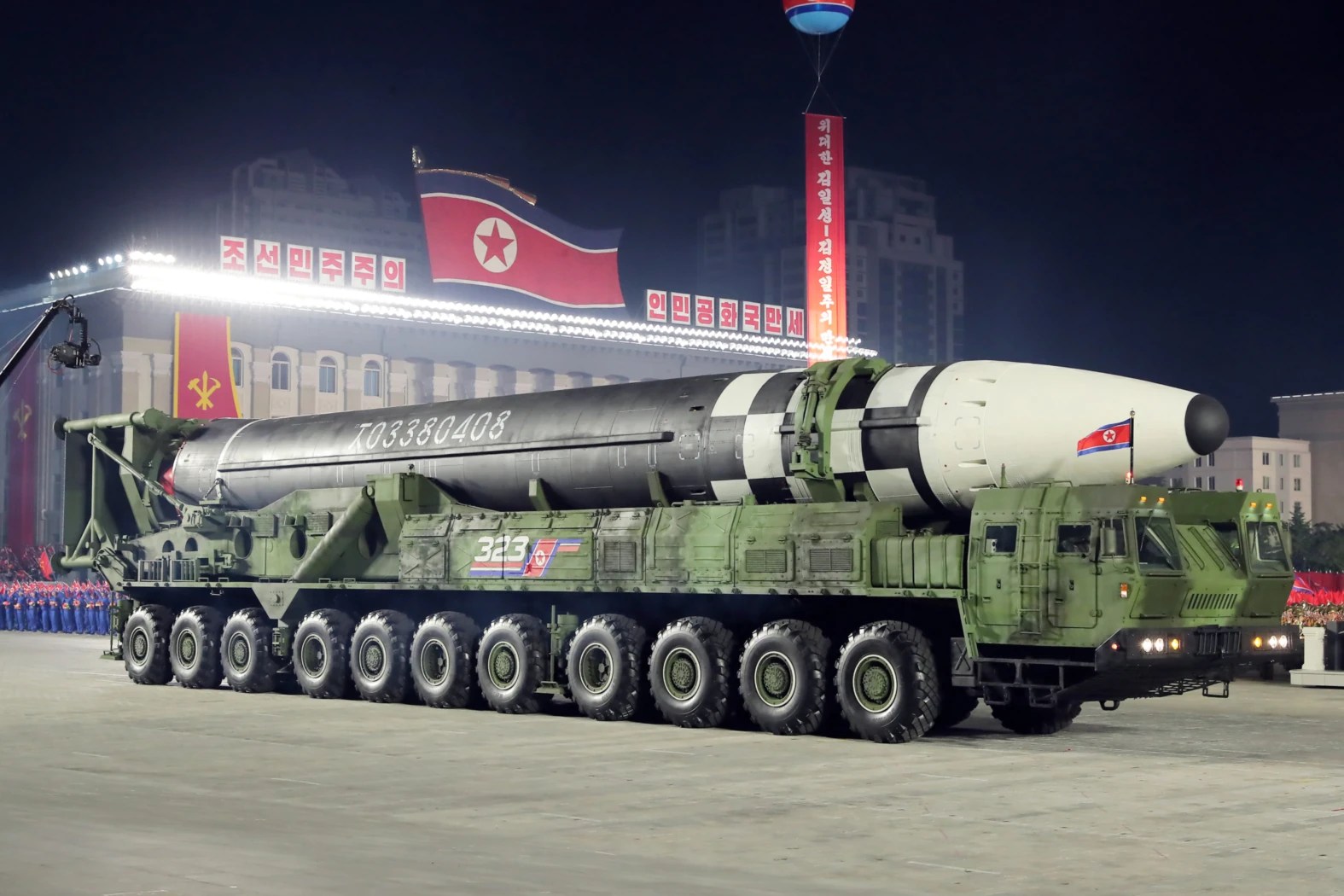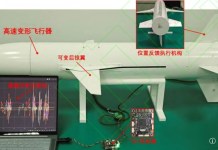During the 1991 Gulf War, the United States had first developed bunker-buster weapons to attack underground military facilities in Iraq. Decades later, China has now demonstrated the lethal and previously unknown capability of nuclear bunker-busting weapons in an advanced research experiment.
Shooting Down Russia’s ‘Best Attack Helicopter’ – How Ukraine’s Ingenious Anti-Tank Missiles Hunted The Alligator?
Bunker busters are bombs designed to strike and destroy underground hardened military facilities that may house command centers, ammunition, research lab, and other sophisticated systems indispensable to fighting a war.
The bunker-buster weapons can penetrate the ground, unlike conventional bombs, and destroy those facilities.
The production of these weapons in the 1990s necessitated the construction of military bunkers and nuclear-proof sites deep inside the ground to insulate the strategic systems from the impact of a conventional or nuclear attack.
In a fresh development, to study the impact of nuclear bunker busters, China established a new research facility to simulate an attack by nuclear bunker-busting weapons, even those placed at great depths, according to military scientists involved in the project, South China Morning Post reported.

According to Chinese researchers, earlier the nuclear-proof shelters were buried several hundred meters deep to shield them from any attack. However, the Chinese test facility has demonstrated that even a tunnel more than 2 km (1.24 miles) under the surface could be destroyed.
The simulated tunnel almost collapsed in one test after sustaining impacts equivalent to five consecutive strikes by earth-penetrating nuclear bombs, a scenario that would have been believed inconceivable previously.
The Cheyenne Mountain Complex, which houses the North American Aerospace Defense Command, was labeled the “most secure installation in the world” by the US military because it was surrounded by granite that was more than 500 meters (1,600 feet) thick.

In the Ural Mountains, the Russian government’s ‘Doomsday shelter’ was sunken 300 meters deep.
Similarly, for further security, China’s Joint Battle Command Centre was erected in natural karst caves about 2 kilometers underground west of Beijing.
According to publicly accessible data, most ground-penetrating weapons could not penetrate further than 40 meters (130 feet). However, if the Chinese experiment is anything to go by, the available data understates the capacity of the nuclear bunker-busting weapons.
In a paper published last week in the peer-reviewed Chinese Journal of Rock Mechanics and Engineering, Li Jie, a lead project scientist with the Army Engineering University of PLA in Nanjing, Jiangsu province, said that existing safety standards may be outdated and have “severely underestimated the actual impact” of nuclear weapons.
Alarming Chinese Findings
According to Chinese academics’ estimations based on underground nuclear testing data and computer simulations, the destruction wrought by a nuclear bunker-buster using the most advanced equipment may extend three to ten times further than previously anticipated.
A tactical nuclear warhead, according to Li and his colleagues, might induce seismic activity that would discharge total energy up to 1,000 times that of the bomb itself, causing catastrophic damage to infrastructure far from the detonation site.
According to Li, there are various obstacles to replicating a nuclear bunker-busting procedure in the lab.

The shock waves produced by a nuclear explosion were not only powerful, but their shapes changed as they traveled through the ground, according to the researchers, who also noted that a suitable simulating platform required the right waves to arrive at the right place at the right time, which was a difficult feat, SCMP noted.
Li and his colleagues discovered that a tunnel sunk 2 kilometers deep would be squeezed by the rocks around it, with an average tension of almost 600 kilograms (1,300 pounds) per square centimeter (0.2 square inches).
According to Li’s team, the findings of some early testing at the facility revealed that a common theory used to design most nuclear-proof bunkers throughout the world may be incorrect.
The theory which has been largely accepted, states that the Earth’s crust was one piece and that nuclear bomb shocks propagated into the earth like waves in water, diminishing energy as distance increased.
However, the findings of the experiment conducted by China have revealed that shock waves might “jump” from one area to another, allowing the destructive force to go further than previously anticipated.
Thus, striking and destroying military bunkers deep inside the earth’s surface that is insulated with very protective material underground, may not be very effective.

The Omnipresent Nuclear Threat
These Chinese findings become significant in the wake of the Russian invasion of Ukraine and President Putin’s decision to put his nuclear force on high alert after sanctions were imposed on Russia.
Residential bunker manufacturers in the United States and abroad say they’ve seen an increase in customer inquiries and orders since Russia’s unprovoked attack on Ukraine, which they attribute to the war in Eastern Europe, CBS had reported.
Recently, Switzerland announced that each citizen of its country would have a nuclear shelter owing to fears reawakened by the Russian war.

In the case of China, it has a nuclear stockpile that is less than that of the United States and Russia, and it has declared that it will not use nuclear weapons unless it is attacked. However, to retaliate, its nuclear forces would have to survive the initial onslaught which would ultimately require nuclear-proof bunkers underground.
The United States had earlier accused China of rapidly expanding its nuclear arsenal, something China was quick to ridicule and deny. However, China has a hypersonic weapon that could deliver a nuclear warhead without being tracked by radars and air defense systems present in its rival states, like the US or Japan, or even Taiwan for that matter.
If the Chinese test results are confirmed, it would take urgent measures for all countries to carry out an overhaul of their underground military fortifications and secure their highly sensitive and classified structures inside the ground from any potential nuclear attack.
- Contact the author at sakshi.tiwari9555@gmail.com
- Follow EurAsian Times on Google News




